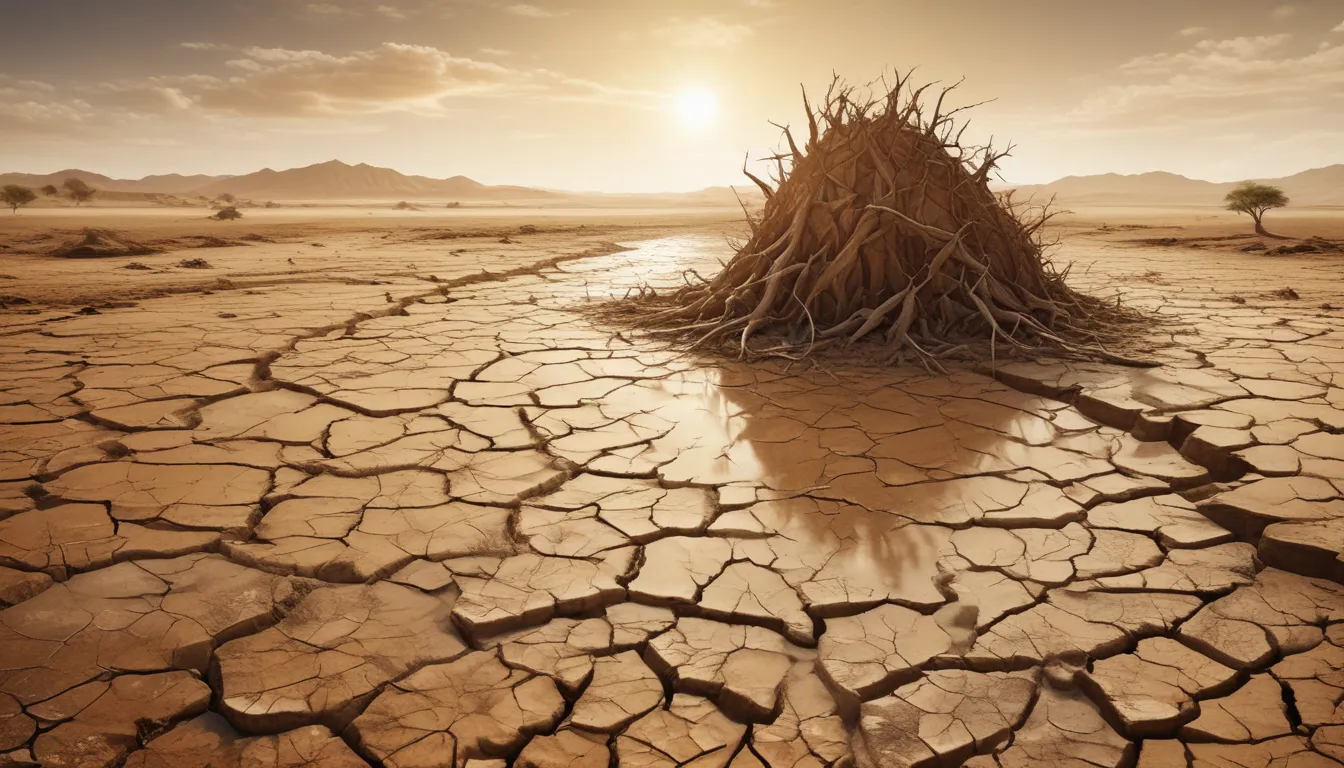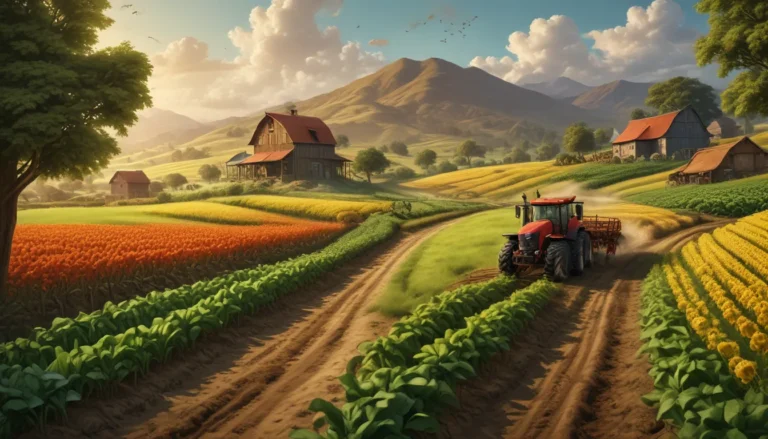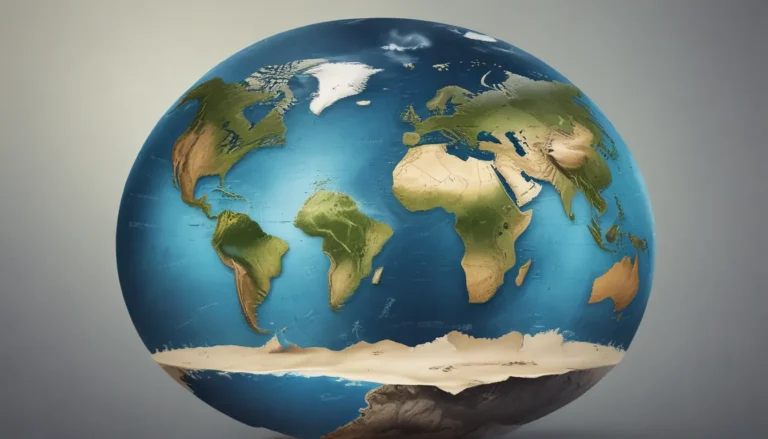A Note About Images: The images used in our articles are for illustration purposes only and may not exactly match the content. They are meant to engage readers, but the text should be relied upon for accurate information.
Welcome to our guide on understanding droughts, a natural phenomenon that can have significant impacts on our environment and livelihoods. In this article, we will delve into the different types of droughts, their causes, effects, and the importance of predicting them. Let’s take a closer look at how droughts affect us and the world around us.
Exploring the Different Types of Droughts
Droughts come in various forms, each with its own set of characteristics and impacts. Here are the four main types of droughts:
1. Meteorological Drought:
This type of drought occurs due to a lack of precipitation or rainfall in an area. It is often the first stage of a drought and can lead to subsequent types of drought if prolonged.
2. Agricultural Drought:
Agricultural drought is caused by a shortage of soil moisture, impacting crop growth and yield. This type of drought can have severe implications for food production and the agricultural sector.
3. Hydrological Drought:
Hydrological drought occurs when there is a deficiency of water in rivers, lakes, and other water sources. This can affect water availability for drinking, irrigation, and other essential purposes.
4. Socioeconomic Drought:
Socioeconomic drought results in shortages of drinking water and tap water supplies. It can have far-reaching consequences on communities, businesses, and overall economic stability.
The Challenge of Predicting Droughts
Unlike sudden weather events like hurricanes or tornadoes, predicting droughts can be a complex and time-consuming process. It may take weeks or even months to identify the early signs of a drought, making it challenging to forecast its duration and intensity accurately.
Climate Change and Drought: A Connection Worth Noting
Climate change plays a significant role in altering global weather patterns, including drought occurrence and severity. As the climate warms, droughts are becoming more frequent and intense, posing a growing threat to ecosystems, agriculture, and water resources.
Tree Rings: Nature’s Clues to Drought Patterns
Tree rings hold valuable information about past climate conditions and drought patterns. Scientists at NASA are using tree ring data to better understand historical droughts and predict future drought risks. By studying soil moisture levels and tree growth patterns, researchers can gain insights into how human activities influence drought cycles.
The Devastating Impact of Droughts
Droughts can have far-reaching consequences, affecting agriculture, water supply, wildlife habitats, and human populations. Here are some compelling facts about the impact of droughts:
- Droughts are the second most costly natural disasters worldwide, after hurricanes.
- In Sub-Saharan Africa, drought poses a significant risk to food supplies and livelihoods.
- Droughts can lead to dust bowls, causing soil erosion and loss of topsoil nutrients.
- Historical droughts have caused millions of deaths, with devastating famines in countries like India, Russia, and China.
Notable Drought Events in History
Throughout history, various regions have experienced prolonged and severe droughts that have had lasting impacts on their populations and environments. Here are some notable drought events:
- Northern China faced the worst drought in the world for three years from 1876 to 1879, resulting in millions of deaths.
- Texas endured a five-year drought from 2010 to 2015, affecting water resources and agriculture.
- California experienced an eight-year drought from 2011 to 2019, leading to water shortages and environmental challenges.
The Persistent Threat of Drought in California
California has a long history of recurring droughts, with the state facing multiple periods of water scarcity and dry conditions. Record temperatures and reduced rainfall have intensified the impact of droughts in recent years, highlighting the need for proactive water conservation and management strategies.
Droughts as Potential Triggers for Conflict
One of the lesser-known impacts of drought is its potential role in triggering conflicts and wars. In regions like Darfur, Sudan, prolonged droughts have exacerbated existing tensions over water resources, leading to territorial disputes and violence. Understanding the link between drought and conflict is crucial for promoting peace and sustainability in vulnerable regions.
As we navigate the challenges of drought and climate change, it is essential to stay informed, prepared, and proactive in our approach to water conservation and environmental stewardship. By working together to address the root causes of drought and its impacts, we can create a more resilient and sustainable future for generations to come.
Thank you for exploring the fascinating world of drought with us. Together, we can make a difference in preserving our planet’s precious resources and protecting our communities from the effects of drought. Stay informed, stay engaged, and let’s work towards a brighter, water-secure future for all.






